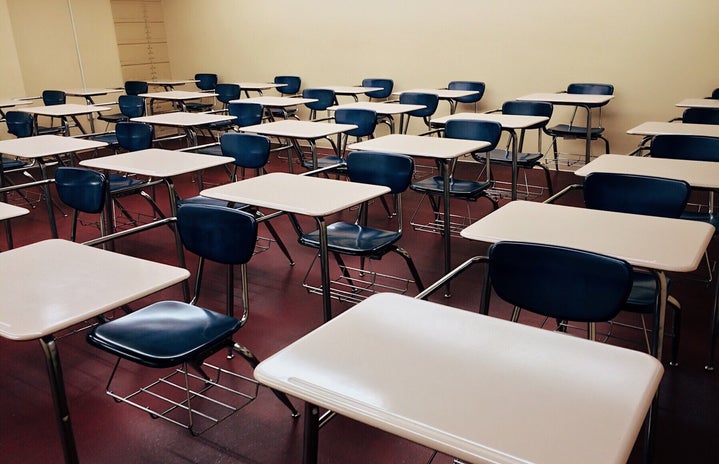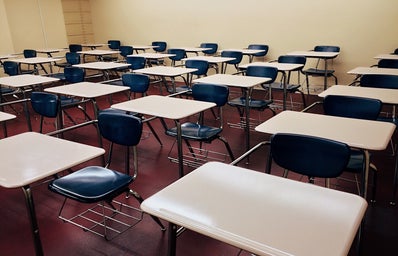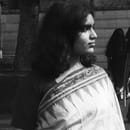A video of an alumnus of PSBB, an upper caste & upper class dominated school in Chennai, was widely circulated on social media platforms in 2021. Here, the alumnus was describing how certain castes are ‘naturally’ good at certain occupations and skills. This ideology of ‘natural competency’ of brahmins in education, kshatriyas in warfare and so on and so forth is widely held by individuals and institutions across the country.
Contrary to popular perceptions, the high school experience in private urban institutions of India isn’t ‘caste free’. Caste perpetuates itself in multitudinous ways in these spaces but hides itself behind the curtain of normalcy. Whether its casteist slurs that are commonly used by teenagers or preferential treatment towards people having caste capital, the replication of societal hierarchies is difficult to ignore.
The casteist ideology of natural competency leads to discrimination and biased treatment of some students over others. It is not a coincidence that Rohan Nanda, son of an affluent businessman, and Abhimanyu Singhania, an upper caste man, were the finalists in Student of the Year (2013). In most urban elite schools, ‘Singhania’s’, ‘Khanna’s’, and ‘Verma’s’ dominate leadership positions. They are also overrepresented in debate and MUN circuits across institutions.
Concentration of socio-politico, cultural and economic capital, accumulated over centuries in the hands of the upper caste populace gives them an edge over first or second generation learners in all spheres. Hence, the preferential treatment towards ‘naturally talented’ students in school is a form of disguised casteism. Familiarity with English, Hindi, Sanskrit or other dominant languages is used to analyze the merit of students. This uniform test over a heterogeneous population overlooks historical inequalities. The advantageous position of upper castes gave them the opportunity to get acquainted with western culture, media and language. These castes previously had hegemony over the dominant Indian languages. Sociologist M N Srinivas uses the term ‘Westernization’ to explain this phenomenon.
Usage of pop culture references from western media is common in most private schools. Fangirling over Mean Girls, jamming to The Beatles or discussing the latest episode of Game of Thrones is a medium for forming friendships and creating bonds. However, students who don’t share the socio-economic backgrounds of their classmates may feel left out. They may also blame themselves for not being familiar with the concepts discussed by their acquaintances. This difference in cultural capital has an impact on the confidence and self worth of students coming from marginalised backgrounds.
Lack of representation of marginalised communities in mainstream media, like Bollywood and Hollywood, can fuel the alienation felt by students coming from these communities. In recent years, movies like Masaan tried to bring forth the caste question and its intersection with love but they weren’t commercially successful. Representation of inter-caste love and marriage is a rarity in mainstream media. This disassociates young high school children from the social realities around them. 2 States and Jodha Akbar are a few commercially successful movies which highlight marriages between two different cultures. However, the communities focused upon by these movies have comparable socio-economic capital. In 2 States, the love story of Krish Malhotra and Ananya Swaminathan is explored. The former hails from an upper caste, rich Punjabi family whereas the latter belongs to a well off Tamil Brahmin household. The trials and tribulations faced by the couple were based on their different cultural backgrounds rather than distance in caste hierarchies.
Predominantly, ‘love’ in mainstream media is displayed as a psychological process which may be challenged by societal processes sometimes. In reality, the success of ‘love’ between two or more individuals is always determined by their socio-cultural and economic backgrounds. Moreover, one’s preference towards intelligence, smartness or certain physical attributes is a reflection of the ‘ideal’ image formed by societal notions. This is not to deny the presence of true love which looks beyond the boundaries of society. Although, those cases are numerically fewer than the pools of obeyance manufactured by structural processes.


